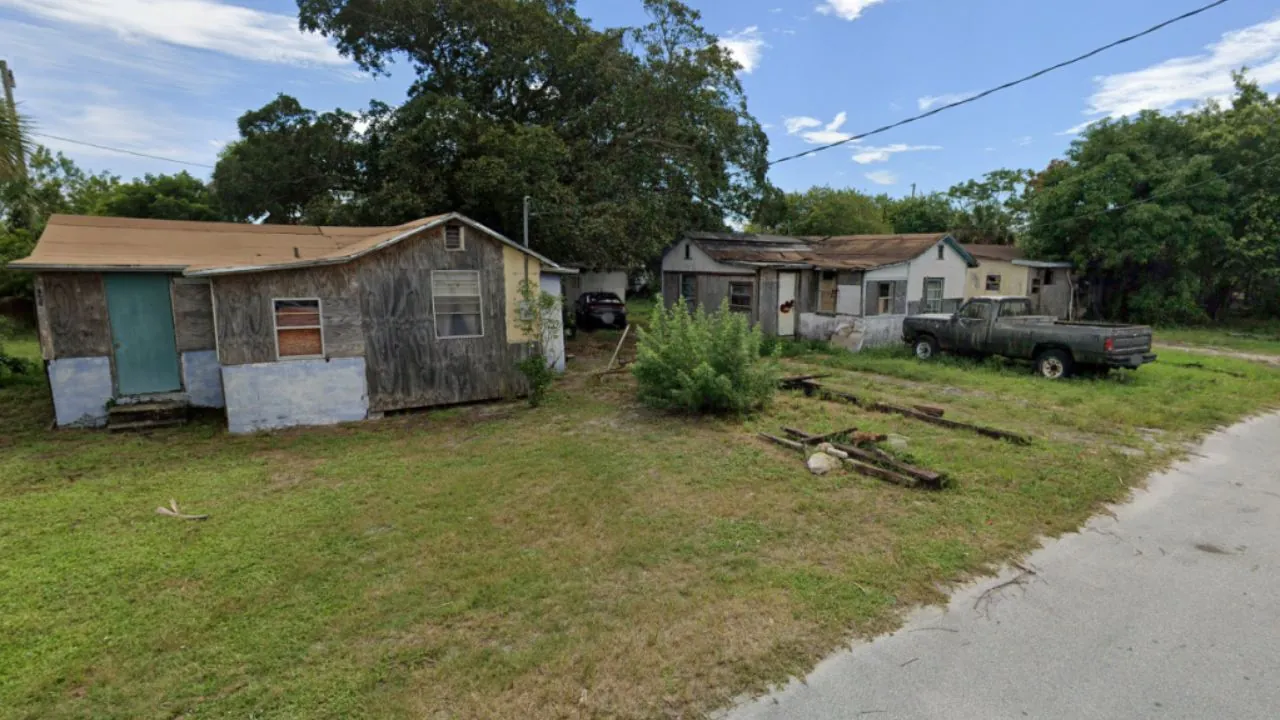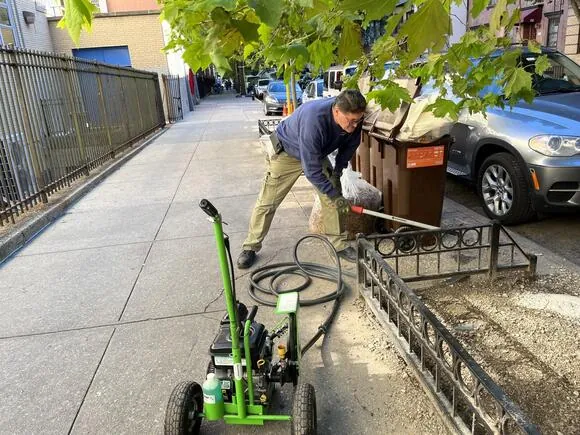The Poorest Town in Florida has been Revealed
Florida is a popular destination for tourists seeking sunny beaches, thrilling theme parks, and a rich cultural experience. However, despite its overall prosperity, there are certain areas that face significant economic challenges. In this article, we explore the identity of Florida’s most impoverished town and examine the underlying factors that have contributed to its ongoing struggles.
The Poorest Town in Florida
According to a recent in-depth analysis carried out by 24/7 Wall St., the financial news website, Gifford, which is located near Vero Beach in Indian River County, has been labeled as Florida’s most poverty-stricken town.
The data used in this study was gathered from the American Community Survey by the U.S. Census Bureau. The analysis focused on various economic indicators like median household income, poverty rates, and other factors that determine the overall economic well-being of a community.
According to the study, the results reveal a bleak picture: the median annual household income of Gifford barely crosses the $22,000 mark, which is an insufficient amount compared to the state’s median income of $59,227.
It is concerning to note that the poverty rate in Gifford is at a staggering 36.7%, which is significantly higher than the statewide rate of 11.4%. What’s more, the town is facing a severe deficit in educational attainment. Only 14.9% of adults in Gifford hold a bachelor’s degree or higher, which is much lower than the state’s average of 30.4%. These factors are exacerbating the already dire situation for the people of Gifford.
The Causes of Poverty in Gifford
Gifford’s enduring poverty can be attributed to various factors, including historical, racial, and environmental influences. The town’s roots date back to the early 1900s, when it was founded as a segregated community designed for African American laborers in the citrus industry.
The town was named after James Gifford, who was a white landowner. It was established as a haven for Black families looking for affordable land plots. However, this promising start was overshadowed by the discrimination and violence that emanated from the neighboring white communities. Unfortunately, this legacy persisted through the Jim Crow era and the civil rights movement, leaving a dark stain on the town’s history.
Currently, Gifford is home to a predominantly African American population, with 75.6% of its residents identifying as such. Despite this demographic makeup, disparities based on race are still evident in areas such as income, education, health, and opportunities. These issues reflect larger national trends and continue to pose significant challenges for the community.
The town of Gifford faces a multitude of challenges, with geographic and environmental factors exacerbating its difficulties. Being situated near the Atlantic coast, Gifford is vulnerable to hurricanes and flooding, which was demonstrated when Hurricane Frances hit the area in 2004. The consequences were dire, leaving a trail of widespread damage, rendering many residents homeless, and depriving them of power for weeks.
Moreover, Gifford has to deal with the adverse effects of environmental hazards that arise from the surrounding industries and agricultural practices, which lead to contamination and pollution.
Back in 2016, the Indian River Lagoon, which serves as an essential hub for fishing and leisure activities, was hit by a harmful algae bloom. This event brought chaos to Gifford and nearby areas, as it was caused by nutrient runoff and sewage spills, putting marine life and public health in danger.
Conclusion
In summation, it can be said that the information presented in this article highlights the importance of the topic at hand. By examining the various perspectives and arguments, we can conclude that there are valid points on both sides. However, it is ultimately up to the reader to determine their own stance and take action accordingly. It is crucial to remain open-minded and consider all viewpoints before coming to a decision. In conclusion, let us strive to continue the conversation and work towards finding solutions that benefit everyone involved.
Throughout its history, the town has been home to several remarkable personalities, including civil rights champion Harry T. Moore, NFL star Kenny Holmes, and singer-songwriter Jake Owen. Furthermore, Gifford is fortunate to have the backing of multiple groups and programs that strive to improve the well-being and prospects of its inhabitants.
The Indian River County Community Foundation has been instrumental in funding various projects aimed at improving the lives of the residents. These projects range from affordable housing, youth mentoring, healthcare access to environmental education. Despite the significant hurdles that Gifford faces as Florida’s poorest town, the Foundation’s support offers a glimmer of hope for a better future. The town’s strengths and potential are undeniable, and with continued support, it can realize its promise and overcome the challenges it faces.
Read More:







